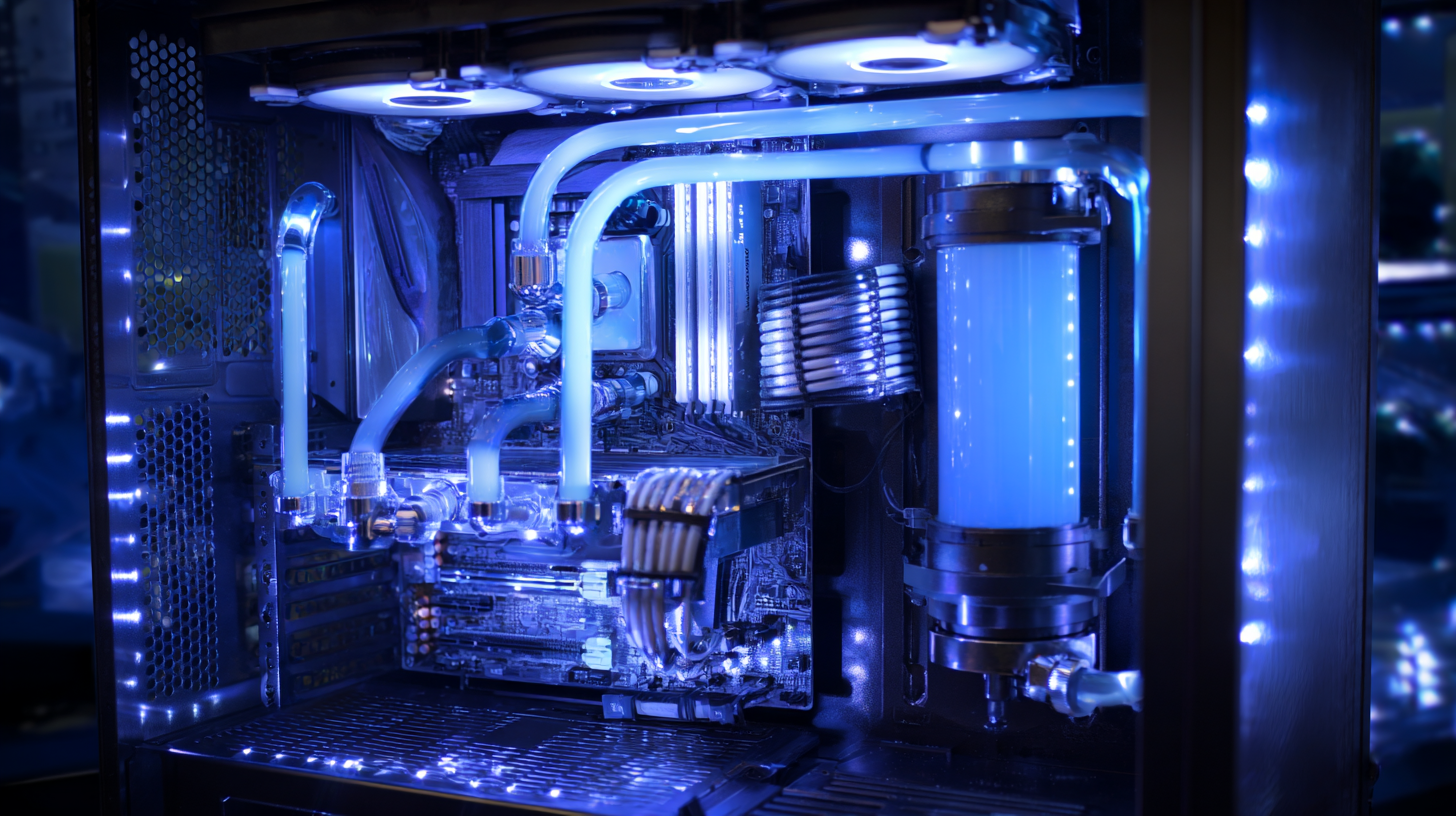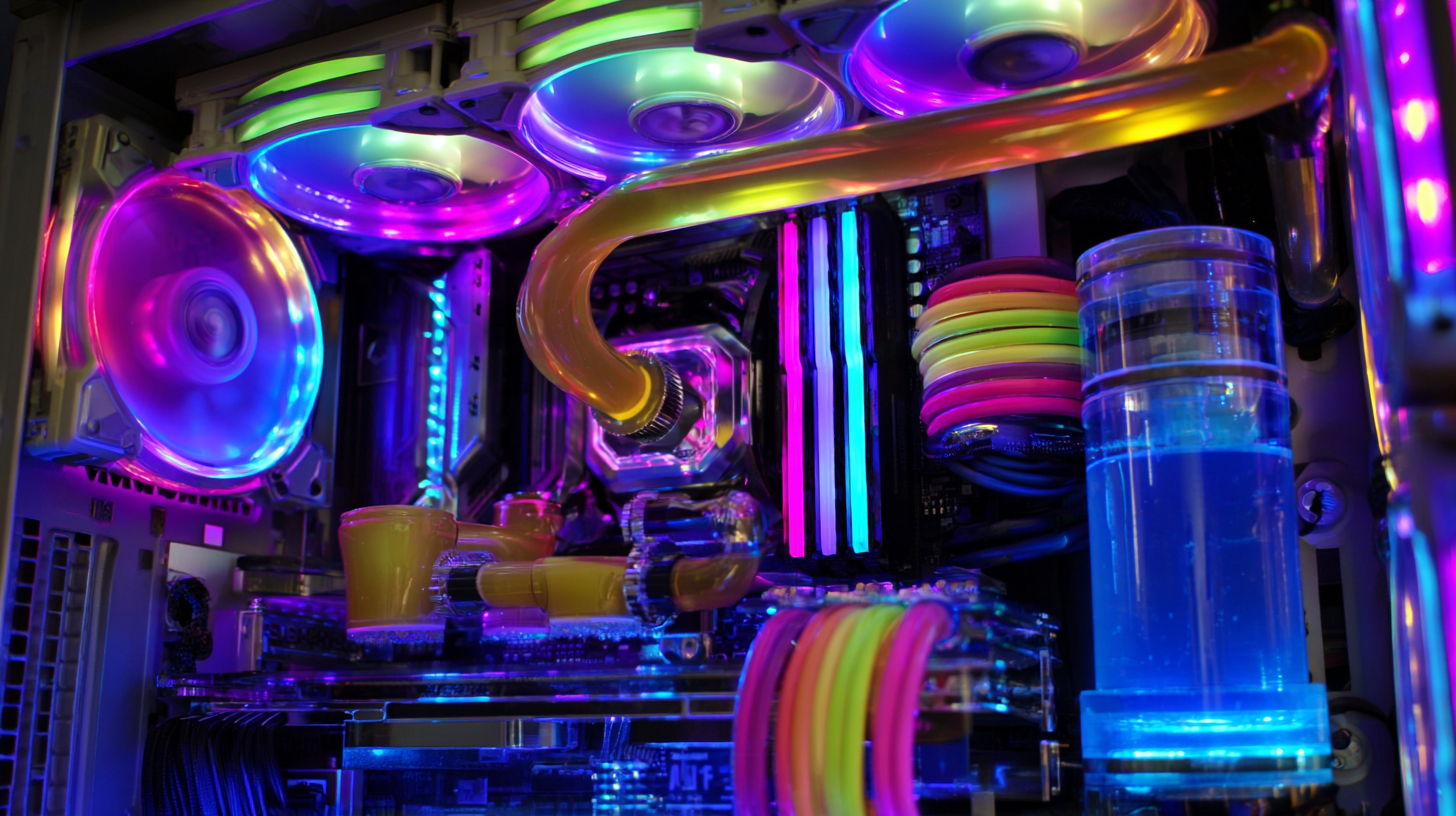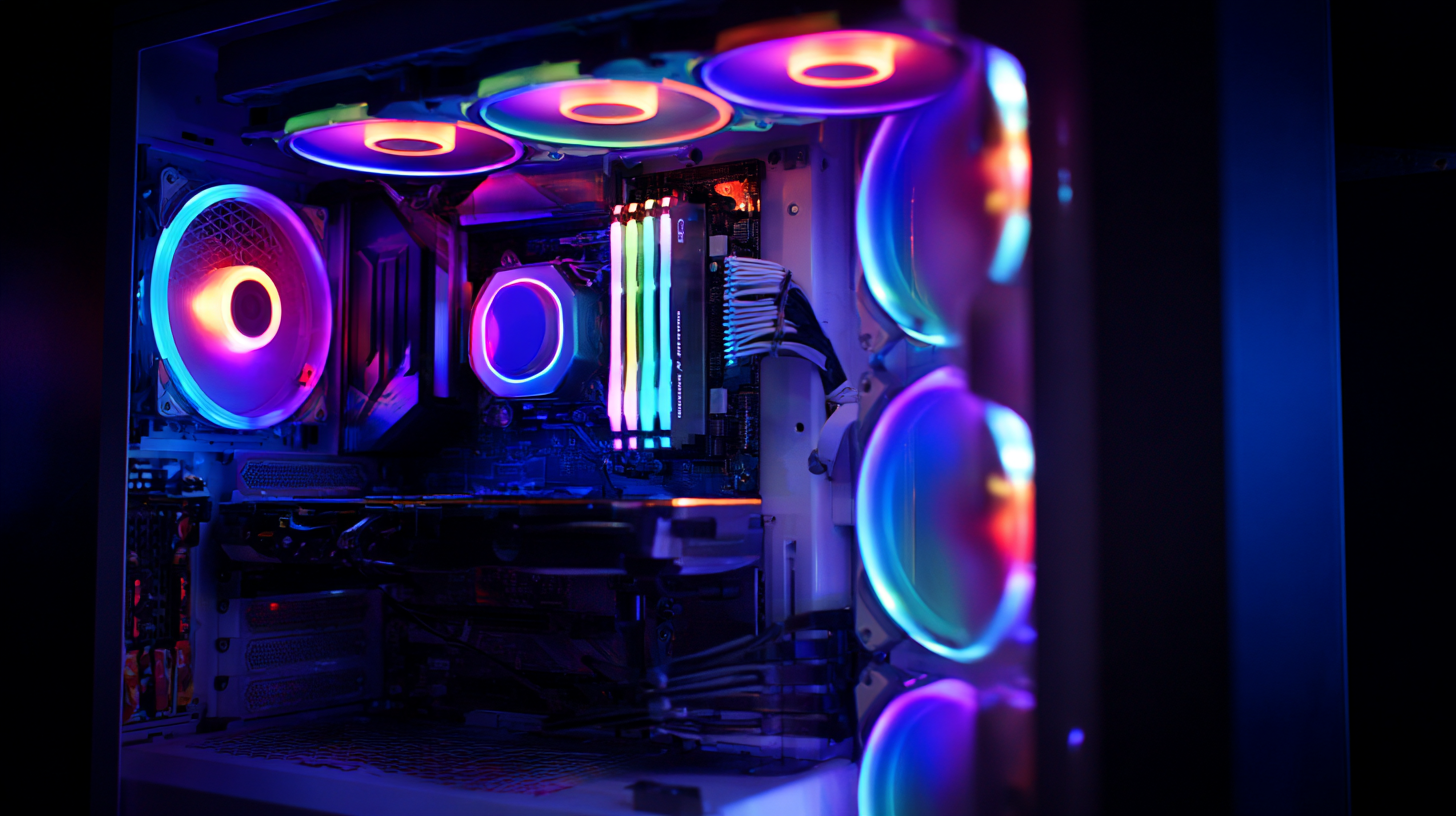Leave Your Message
- Phone
- E-mail
- Whatsapp


As the demand for advanced computing capabilities surges, Liquid Cooling has emerged as a pivotal technology in thermal management, particularly for high-performance applications such as gaming, data centers, and artificial intelligence. According to a report by Research and Markets, the liquid cooling market is projected to grow at a CAGR of 26.1% from 2022 to 2027, highlighting its increasing adoption for both consumer and enterprise use. This growth can be attributed to the rising need for efficient cooling solutions that can effectively dissipate heat produced by densely packed hardware, which traditional air cooling methods often fail to address. In this comprehensive guide, we will explore various alternatives to standard liquid cooling systems, delving into their unique benefits and considerations, providing insights to help you choose the optimal solution tailored to your specific requirements.

When investing in liquid cooling systems, the significance of after-sales support cannot be overstated. According to a report by MarketsandMarkets, the global liquid cooling market is expected to reach $5.8 billion by 2025, driven by rising demand for efficient thermal management solutions in data centers and gaming systems. With such a substantial investment, ensuring that your system is backed by robust after-sales support can greatly enhance its longevity and effectiveness.
Effective after-sales support ensures that users receive timely assistance, which is crucial given that cooling systems can encounter various technical issues. A study by Frost & Sullivan revealed that 70% of customers cite quality support as a deciding factor when choosing a technology provider. Furthermore, excellent after-sales service can lead to a 30% increase in customer retention. Therefore, when selecting a liquid cooling solution, it's vital to consider the manufacturer’s commitment to support services, as this will not only optimize your cooling performance but also provide peace of mind in your investment.
| Cooling Solution Type | Suitable Use Case | Cooling Capacity (W) | Noise Level (dBA) | After-Sales Support Rating (out of 5) |
|---|---|---|---|---|
| AIO Liquid Cooler | Gaming PCs | 200-300 | 20-30 | 4.5 |
| Custom Loop | High Performance Workstations | 400-600 | 30-40 | 4.0 |
| Portable Liquid Cooler | Travel Systems | 150-250 | 25-35 | 3.5 |
| Peltier Cooler | Specialized Applications | 100-200 | 40-50 | 3.0 |
| Liquid Cooled Radiator | Server Farms | 300-500 | 20-25 | 4.8 |
When it comes to liquid cooling solutions, understanding the factors influencing repair costs is crucial for both consumers and businesses alike. Recent industry reports show that regular maintenance is indispensable, as it can reduce the likelihood of costly repairs by up to 40%. The primary factors that affect these costs include the type of coolant used, the system design, and the frequency of maintenance. For instance, advanced coolants, while initially more expensive, often lead to lower operational costs and longer system lifespans due to their enhanced thermal properties and reduced degradation rates.
Additionally, the complexity of the cooling system plays a significant role in repair costs. Systems that utilize customized components may encounter higher repair expenses due to their unique requirements. According to a survey by the International Cooling Alliance, around 65% of respondents reported that system complexity was the most significant factor in determining maintenance costs. Moreover, the installation of automated monitoring solutions can further influence these expenses, with data indicating that such systems can reduce downtime and maintenance costs by as much as 30%. Thus, selecting the right liquid cooling setup not only enhances performance but also considerably impacts long-term maintenance budgets.
 When selecting a liquid cooling solution, it’s essential to first evaluate your system requirements. This involves understanding the thermal demands of your components, most notably the CPU and GPU. High-performance builds, such as gaming rigs, often require more robust cooling systems to manage heat during intense gaming sessions or heavy computational tasks. Begin by checking the thermal design power (TDP) ratings of your parts, as this will give you a solid baseline for the cooling capacity you’ll need.
When selecting a liquid cooling solution, it’s essential to first evaluate your system requirements. This involves understanding the thermal demands of your components, most notably the CPU and GPU. High-performance builds, such as gaming rigs, often require more robust cooling systems to manage heat during intense gaming sessions or heavy computational tasks. Begin by checking the thermal design power (TDP) ratings of your parts, as this will give you a solid baseline for the cooling capacity you’ll need.
Consider the size and design of your case as well. Not all liquid cooling solutions will fit in every chassis, so measuring your interior space is crucial. Additionally, assess your airflow options; a setup with optimal fans can greatly enhance a liquid cooling system's efficiency. Finally, think about your noise preferences—while some high-end models deliver exceptional cooling performance, they may produce more noise. Balance your cooling capacity, case compatibility, and acoustic comfort to find the ideal liquid cooling solution that meets your specific needs.
 When selecting liquid cooling solutions, after-sales service and warranty offers are crucial factors to consider. Top brands in the liquid cooling market strive to ensure customer satisfaction through solid support systems and reliable warranties that can cover potential issues. A comprehensive comparison of these services can significantly influence your purchasing decision, ensuring long-term functionality and peace of mind.
When selecting liquid cooling solutions, after-sales service and warranty offers are crucial factors to consider. Top brands in the liquid cooling market strive to ensure customer satisfaction through solid support systems and reliable warranties that can cover potential issues. A comprehensive comparison of these services can significantly influence your purchasing decision, ensuring long-term functionality and peace of mind.
Tips for choosing the right liquid cooling system include evaluating the warranty terms. Look for brands that provide extensive coverage periods and clear policies on what damages are included. Another vital factor is the availability of customer support; check if the company offers multiple channels for assistance, such as live chat, phone support, or community forums.
Additionally, consider the reputation of the brand for its after-sales service. Customer reviews and ratings can give insight into the experiences of others regarding warranty claims and overall support. This information can help you decide which liquid cooling solution will not only meet your cooling needs but also provide reliable service throughout its lifespan.
Liquid cooling systems are becoming increasingly popular in both gaming PCs and data centers due to their superior thermal management capabilities. However, to ensure optimal performance and longevity, regular maintenance is crucial. According to a report from the International Journal of Thermal Sciences, liquid cooling systems can improve cooling efficiency by up to 40% compared to traditional air cooling methods, but neglecting maintenance can significantly reduce this advantage.
Tip: Regularly check the coolant levels and replace the coolant at least once a year. High-quality coolants can have a lifespan of around two years, but factors like high ambient temperatures or inadequate environmental conditions may shorten this period.
Another essential aspect of liquid cooling maintenance is monitoring system components for leaks and corrosion. A study by the Cooling Technology Institute suggests that about 20% of cooling system failures are due to leaks that are left unchecked. Inspect hoses and fittings periodically and use corrosion-resistant materials where possible to extend the life of the system.
Tip: You can use leak detectors or dyes that identify leaks easily, enabling early intervention before significant damage occurs. Additionally, cleaning the radiators and fans helps maintain airflow efficiency, ensuring that your liquid cooling system operates at peak performance.
This chart provides insights into various evaluation criteria for liquid cooling solutions. It highlights cooling efficiency, noise level, maintenance frequency, cost, and installation complexity, allowing users to make informed decisions.
